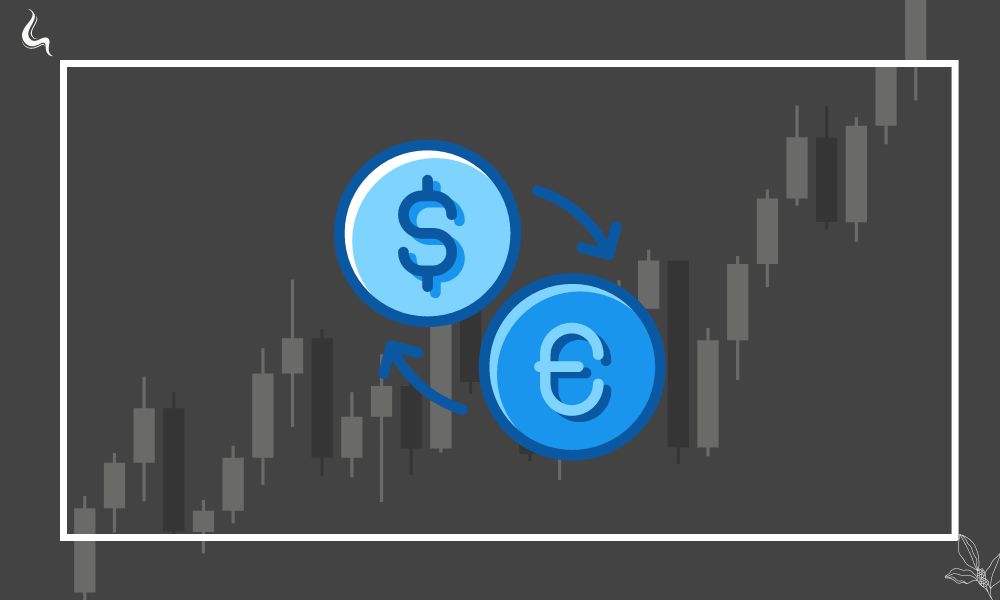As investors assessed the prognosis for Federal Reserve policy against the chances that high interest rates could lead to a recession, the dollar inched up on Thursday, boosted by a rise higher in U.S. Treasury yields.
The Federal Reserve, the European Central Bank, and the Bank of England will all be making significant policy decisions next week.
Investors and traders want to know if inflation has peaked, which would give policymakers room to raise interest rates more gradually in the coming months.
Inflation data for December from the United States will be released the day before the Federal Reserve's policy meeting on December 14, and it may play a significant role in shaping the outlook for monetary policy in the coming months.
As RBC currency strategist Adam Cole put it, "U.S. CPI is the one data release that seems to actually matter for broader dollar direction at the moment." Indeed, until we received three central bank meetings and one significant monthly U.S. data release, not much was happening.
When compared to other major currencies, the dollar held constant. The last known value of the euro in US dollars was $1.0507, while the pound dropped 0.3% to $1.2171.
The Japanese currency, which is quite sensitive to changes in the yield on U.S. Treasuries, dropped by 0.25 percent to 136.90 on Thursday, giving up some of the 0.40 percent gain it had made the previous day.
Since reaching a 15-year high in late October, the 10-year Treasury yield has declined virtually constantly, losing over a full percentage point in that time. In fact, it has reversed over half of the increase that occurred between the four-month lows in August and the top in October (approximately 4.34%).
For the first time since Russia's invasion of Ukraine in late February, oil prices have dropped below $80 a barrel as worries grow about the impact of a slowing economy on global energy consumption.
Brent oil futures are currently trading at roughly $78, having declined by nearly half from their 14-year high of $139.13 in early March. Despite reaching a record high of $5.016 per gallon in June, gas prices in the United States have since dropped to $3.329 per gallon, a decrease of 0.4% from the same time last year.
Inflationary expectations in the market have eased as a result of the decline in energy prices. Breakeven inflation over a 10-year period, calculated by subtracting the yield on an inflation-linked Treasury from the yield on a nominal 10-year note, is currently at 2.27%, down from a high of over 3% in April.
The dollar has lost 6.2% of its value so far this quarter due to these two factors and declining expectations that the Federal Reserve will continue rising interest rates at the same aggressive pace.
Refinitiv data shows that this has left the greenback on track for its worst quarterly performance since the third quarter of 2010, when it plummeted 8.5%, and its worst fourth-quarter performance since 2004.
Lee Hardman, a currency strategist at MUFG, wrote in a report that recent price action shows investors are growing less concerned about upside inflation risks and more anxious about negative risks to global GDP.



No comments:
Post a Comment